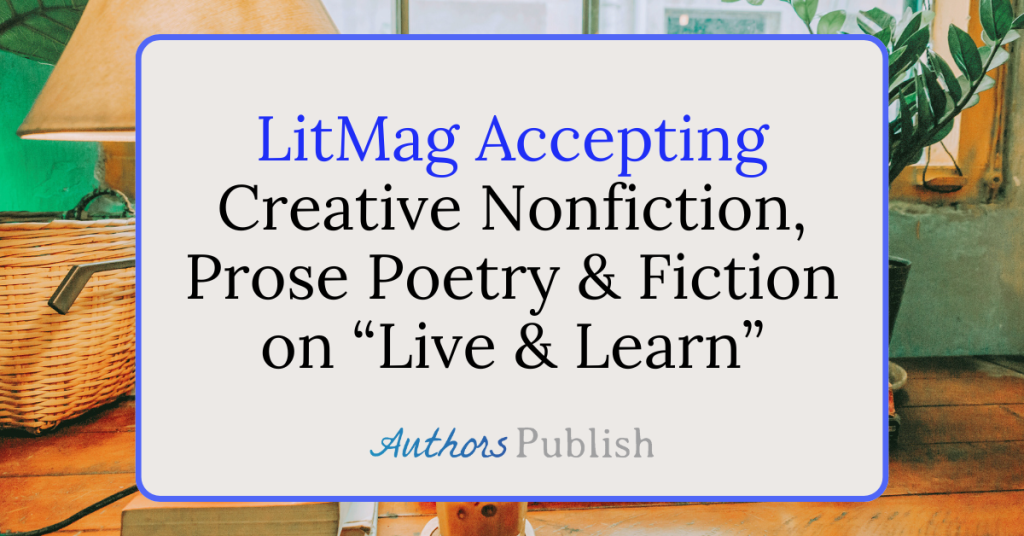Every writer dreams of becoming better with each new book. How exactly do we achieve perfection when some writers, like me, are prone to repeating certain errors? One of my favorite editors advised me to compile a list of all the comments, corrections and errors that were highlighted during editing processes and compile a list to prevent making the same mistakes in future. Five common mistakes revealed themselves over and over again.
- Descriptions of locations and settings were dull and unappealing.
When describing a setting the writer should strive to invoke the reader’s senses and emotions. The reader should be able to experience the setting in the same way the character does. My editor advised me to use adjectives sparingly as it weakened my writing. Instead she advised me to focus on bringing the setting to life through revealing the character’s perception of the location such as bad memories of a particular town or city.
His back faced the road, the cold steel bars of the wheelchair visible to passers-by above the overgrown mix of foliage and weed. Dots of crimson petals peeped through the thick mess of bush creeping up the front of what had once been Manhattan’s finest Fifth Avenue residence.
The above extract does so much more than just tell us that the story is set in Manhattan. We learn in a few words that the house is unkempt and in need of attention even though it is situated in an upper-class neighborhood.
- Most of my characters were one dimensional.
Characters are just like us —they have dreams, desires, goals, hobbies, fears, secret crushes and hidden agendas.
The three dimensions of a character can be summed up as follows:
- The Character’s personality, quirks and surface traits that he / she allows the world to see.
- The Character’s back-story, fears, memories, habits, weaknesses and broken dreams that those around him / her don’t know much about.
- The Character’s action, behavior and view which shows the reader how he / she reacts to situations.
Her slim body sliced through the bitter winter air. There was still a fair distance to cover and…nothing happened? Panic gripped Tina. Not like it made a difference down the descent of Ocean’s peak, a lethal volcanic formation that caressed the clouds snap in the center of Mid Ocean and, only visible during the last quarter of the full moon. Rocky sections of the sea bed were exposed. Few beings hung out in these parts. She was out of range of being summoned by the Elders. And there was little chance of anyone witnessing her practice session – unless she counted the marine life.
“It’s too soon.” Tina grimaced. Jagged blue-black rocks taunted her from below, poised to break every bone in her body. As if that was enough she’d have to live through the shame of not being able to master something as simple as a free fall while the Elders nursed her. Crap!
Tina, the witch in the above extract, hasn’t invoked her ability to fly – something her coven is aware of (first dimension). She is afraid (fear) that her risky plan to jump of a dangerous mountain peak will fail and that instead of finding her power to fly (weakness) she will end up with serious injuries (broken dreams) (second dimension). Her choice to jump off a mountain tells the reader that Tina is willing to try anything to be able to fly (third dimension).
Understanding the dimensions can be pretty tricky so my editor advised me to draw up a detailed list of all the possible characteristics my characters possessed. I are also encouraged to expose more than one quality of their characters personalities or run the risk of surprising the reader with a “new” dimension to the character that the reader never saw coming. Readers do not like being hit with curve-balls.
- Repeating certain words.
Writers, like sports-people, have sweet-spots – we tend to have a fondness for certain words. My personal favorites are that, incredible, looked, thought, imagined and, turned. A good exercise is to constantly pause while writing and read over the paragraph you’ve just written. If some words stand out more than others, run a “find” search. In some instances I used the word that over a hundred times. It was difficult to avoid using the words at first. But after continuously running searches and correcting myself I found that my writing became stronger and tighter.
- Lack of suspense throughout the book / scene / chapter.
Readers buy or download your story expecting to be transported to a different world for a few moments. They want to experience a story unlike any other. Don’t be afraid to create obstacles and make it really difficult for your characters to achieve their goals. The purpose of a difficult journey for characters is mainly to get the reader to root for the character. Obstacles also help the writer develop stronger characters – the characters are able to grow and evolve into someone better by the end of the story. Emotions such as frustration, anger and desire can be used to fuel suspense in your writing. My editors encouraged me to push the boundaries and test the limits my characters could handle.
In the following example, Vampire Vincent Yates has to account to his clan for the recent deaths of his kind at the hands of blue-blood witches – one of whom is about to land in his territory.
“Help me!”
Vincent shot up. Was that a woman’s voice? Women were not allowed on Ocean’s Peak. Their mere scent was enough to contaminate his territory. The undersea mountain range had been the sacred meeting place of the Ocean vampires since the Universe formed eons ago. Vincent closed his eyes and tried to avert the intruder’s invasion. He held his hands out and chanted furiously.
***
“Help,” Tina squeaked. Gravity tugged her. Her faith failed her. She realized now that learning to fly out of a training parchment wasn’t such a brilliant idea. She braced herself for the fall…
Fresh blood is bound to be a challenge for any cold-blooded vampire. A scene such as the one above sets the tone for a few pages of tension – whether its sensual or plain old fashioned anger is entirely up to the writer.
- Meaningless dialogue.
The power of good dialogue should never be under-estimated. Verbal interaction between characters should always push the story forward. Dialogue can also be used to reveal information, attitudes and intentions – it is up to the writer to decide how to use dialogue to enhance their writing. A good practical exercise is to eavesdrop in conversations between people and take note of dialects, speaking style and choice of words. People tend to express themselves in different ways and choose words that reflect their lifestyles and personalities.
Consider the following example where the vampire reveals his identity to the witch – something that creates more tension between them since neither species are allowed to be within a few meters of each other.
“Um…no. I have no idea who or what you are anyway.” Apart from the fact that he towered above her and was as sexy as everything she’d been warned against. He looked like a human but he didn’t smell like one. Her emerald eyes widened. “Who are you?”
“I suppose you have a right to know,” Vincent said before baring his fangs. “My name is Vincent Yates and I’m an ocean vampire.”
I was often cautioned to avoid falling into the common dialogue tag trap i.e. he said, she said. One of my editors at Three World’s Press advised me to watch my favorite series or movie and take particular note of conversations and interactions between people and, then write down the conversation followed by the characters’ actions. Since then, I’ve managed to fall out of the he said, she said trap.
Conclusion
Now that I’ve shared my common writing errors with you, I hope that you compile your own lists and learn from them.
(All excerpts used are the author’s own.)






